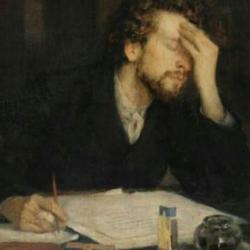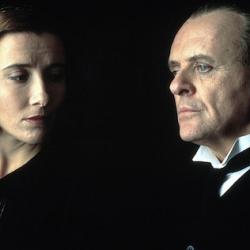Alastair Fowler has an eviserating review of Stephen Greenblatt’s Will in the World in the February 4 issue of the TLS . He finds that Greenblatt, despite his new historicist interest in the historical embeddedness of literature, is rather sloppy with historical facts and contexts. Like other reviewers of the book, he notes Greenblatt’s tendency to construct his biography based on imagined events and connections. Such as: “Robert Nye’s novel Mr. Shakespeare is pressed into service to supply a visit by William, aged eleven, to Kenilworth to see the Earl of Leicester’s splendid entertainment of the Queen. Did Shakespeare, Greenblatt asks, recall the Kenilworth festivities in his image of Arion in Twelfth Night ?” And Greenblatt speculates, based on a host of circumstantial and evanescent connections, that Shakespeare was a secret Catholic, and that this determined much of his life.
Fowler also points to numerous factual errors. For instance: Greenblatt, Fowler says, “exaggerates London’s size: ‘With a population nearing 200,000, it was some fifteen times larger than the next most populous cities in England and Wales; in all of Europe only Naples and Paris exceeded it in size.’ The real London wasn’t yet fifteen times as large as Norwich. Naples didn’t merely exceed it, but was ten times as large at the 1595 census. And Naples and Paris weren’t the only larger cities. In 1600 Constantinople had more than three times London’s population. London (less than 60,000 in the early sixteenth century) also had to overtake Salamanca (133,000 in 1541 and 176,000 in 1591). Elizabethan Stratford, he writes, was ‘a town with only some 2,000 inhabitants.’ That ‘only’ speaks volumes about Greenblatt’s geography. For, of the 600 or 700 towns in Shakespeare’s England, at least 600 were smaller than Stratford, which was large for a market center.” Greenblatt says that Mary Tudor “moved at once to reverse directions” in religious policy, but Fowler notes that “as many as twelve of Edward’s councillors found places at Mary’s council table.”
Where this really misleads, I think, is in Greenblatt’s interpretation of the plays: “Repeatedly conflating dramatist with characters, he imagines each play as directly transcribing Shakespeare himself, or someone Shakespeare knew. Consequently the dramatist is robbed of creative invention.”
Fowler concludes that the book, however imaginative, is “sloppy” and “not bookish enough, and shows contempt for its readers – as if toy history were good enough for them.”















